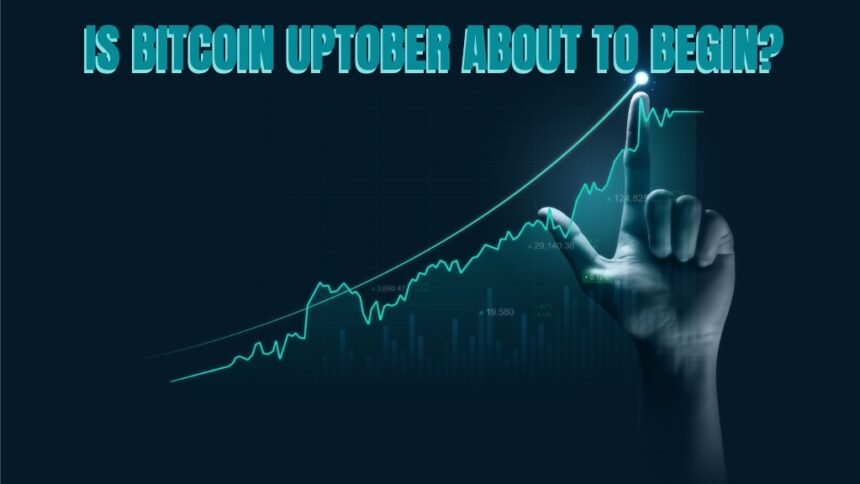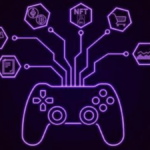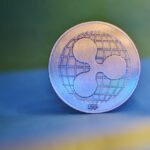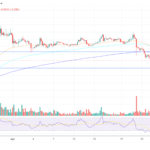In this episode of NewsBTC’s daily technical analysis videosLet’s take a look at a variety of technical and fundamental signals on Bitcoin’s monthly price chart to see if we’re getting closer to a crypto bottom.
Watch the video below:
VIDEO: Bitcoin Price Analysis (BTCUSD): October 3, 2022
Bearish BTC Momentum Begins to Decline…Maybe
The October monthly candle opened pink on the LMACD histogram. This signal has in the past put bear markets back into hibernation for at least a year or more, and ssuggests a significant shift in momentum. But October needs to close bullish to confirm and confirm the color change on the monthly Bitcoin chart.
the monthly Relative Strength Index remains the lowest in Bitcoin history but grinds along the bottom of a downward channel. The same downward slope is connected to previous RSI spikes.

Bitcoin bearish momentum might be weakening | Source: BTCUSD on TradingView.com
Bitcoin Investors Could Overcome Their Loss
The Coppock curve has also finally reached the same level as previous bear market bottoms. Time cycle tools also suggest that there could be some rhythmic behavior with Bitcoin about to unfold.
The Coppock curve was created by ESC Coppock, who was asked by his church to identify long-term buying opportunities for investors. It’s based on the idea that it takes between 11 and 14 months for a bear market to end, because that’s roughly how long it takes a human to get over the grief of a significant loss.

Did Satoshi Mention the Bottom in Crypto?
Another possible bottom signal is not technical, but fundamental. Bitcoin price is now in the lower cost of production range, about as long as the bottom of the 2018 bear market.
This is remarkable, as commodity prices bottom out near the cost of production. Even the creator of Bitcoin, Satoshi Nakamoto talked about this.
“The price of any raw material tends to gravitate towards the cost of production. If the price is below cost, production slows down. If the price is above cost, profit can be made by generating and selling more. At the same time, the increased production would increase the level of difficulty, driving production costs towards price.”
















